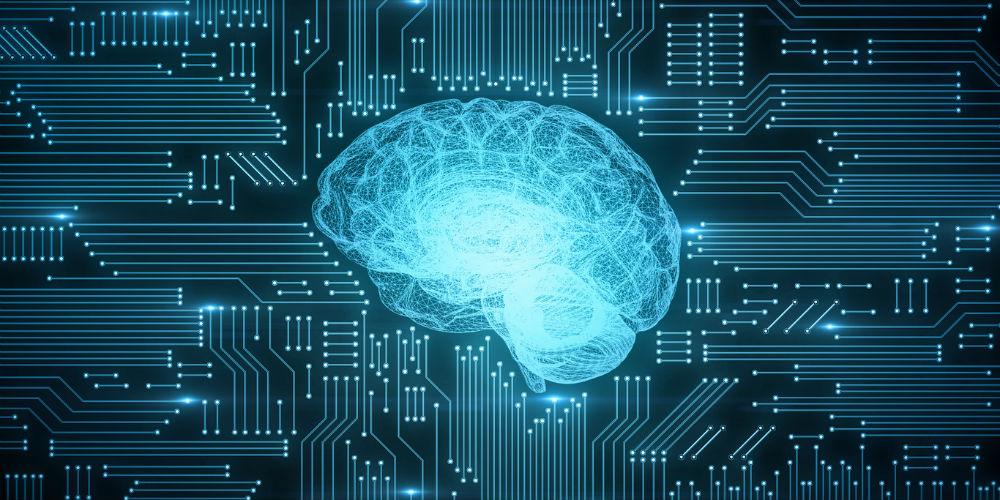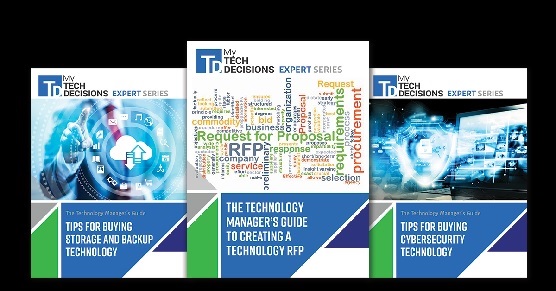Artificial intelligence; Machine learning: both big buzzwords in the IT industry. And like any buzzword, there’s a lot of hype that surrounds them. They’re poised to change industry in some very profound ways, transforming companies into digital powerhouses. Not to mention the fact that they’re fun to think about—heck, there are dozens of movies that depict life with AI and machine learning– but how exactly are they applied in a real-world setting and how do they differ from each other? Although the two terms seems to be widely interchangeable, it’s important to understand their key differences. It’ll help you make better, more educated choices as you implement strategies to make your organization smarter, increasingly digital, and more productive and efficient than ever.
Artificial Intelligence
This is a broad concept with broad implications. AI can impact the way employees communicate, a building is heated and cooled, how and when lights turn off and on, and more. Basically, AI enables devices within a building to “mimic” human behaviors. Based on information they receive from smart sensors, AI-enabled devices react in a certain, preprogrammed manner. It’s like feeling cold while seated at your office desk and reacting by getting up to adjust the thermostat. Thanks to AI, the thermostat knows, based on certain conditions—the current temperature, time of day, occupancy, position of the sun—that it should alter its settings. The AI-enabled device modifies its setting automatically to achieve optimal comfort, energy savings, or whatever the goal may be.
The “goal” is where AI and machine learning differ. An AI-enabled machine doesn’t understand or even recognize the goal behind its actions. It simply reacts to conditions presented to it. If a sensor notices a drop in temperature, for example, the thermostat reacts; if another sensor detects that people have entered a meeting space, the lights in the room activate. In order for a device to truly respond and react in a more humanlike way, it needs to be able to collect and analyze data and use this data to learn and make educated decisions on its own. Like a human, the device gets smarter over time. This capability is what we refer to as machine learning; through machine learning the more information a device receives and processes, the smarter it becomes, becoming truly intelligent and offering a host of advantages for companies of all sectors.
Machine Learning
Machine learning represents the pinnacle of digital transformation. It optimizes productivity and efficiency across the board—eliminating time-consuming tasks, automating processes, and minimizing snafus and errors. How? By precluding the need to preprogram devices for every possible scenario. Instead of programming a thermostat to set back based on certain parameters which have been identified and programmed into the HVAC system by a human, machine learning enables a thermostat to regulate itself based on information it gathers continually– like when and where people congregate in the building, times of the day when rooms are warmer due to incoming sun light, changes the outdoor temperature, and more. Unlike a human who is unable to predict every possible scenario, machines can process thousands of point of data, which means they are able to make decisions based on more complex data.
There are many factors pushing machine learning from fantasy to reality: large data sources, increased computational power for processing information in split seconds, and algorithms that have become more and more reliable.
Of course, in order to use information to make educated decisions, a machine must have free and seamless access to data. This has been the challenge. Information resides in many “silos,” which need to come together in order for machines to clearly analyze situations.
From AI to Machine Learning
Artificial intelligence has introduced companies to new ways of conducting business. It’s a tool that delivers powerful advantages, yet there is still room for improvement. As companies are able to generate huge amounts of data about all facets of their business, the next step is being able to consolidate every element of information, collectively analyze it, and react in ways that dramatically enhance productivity and efficiency. This is machine learning—the next frontier of AI.
Here are a few examples of how industries are employing machine learning to improve efficiency, productivity, and customer service:
Mobile Check Deposits
Most large banks offer the ability to deposit checks through a smartphone app, eliminating a need for customers to physically deliver a check to the bank. Machine learning is employed to recognize signatures.
Disney Wristbands
Every Disney visitor gets their own MagicBand wristband that serves as ID, hotel room key, tickets, FastPasses and payment system. Disney uses that data to anticipate guests’ needs, resolve traffic jams, and schedule staff more efficiently.
Supply Chain Management
McKinsey predicts machine learning will reduce supply chain forecasting errors by 50% and reduce lost sales by 65% with better product availability. Machine learning is predicted to reduce costs related to transport and warehousing and supply chain administration by 5 to 10% and 25 to 40%, respectively. Due to machine learning, overall inventory reductions of 20 to 50% are possible.
If you enjoyed this article and want to receive more valuable industry content like this, click here to sign up for our digital newsletters!











AugustIQ Consulting Business Model – One stop solution for all your IT needs for your organization. Most progressive and highly affordable technology 100% IT efficiency and thereby advance your business goals.